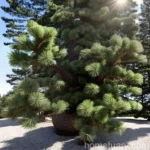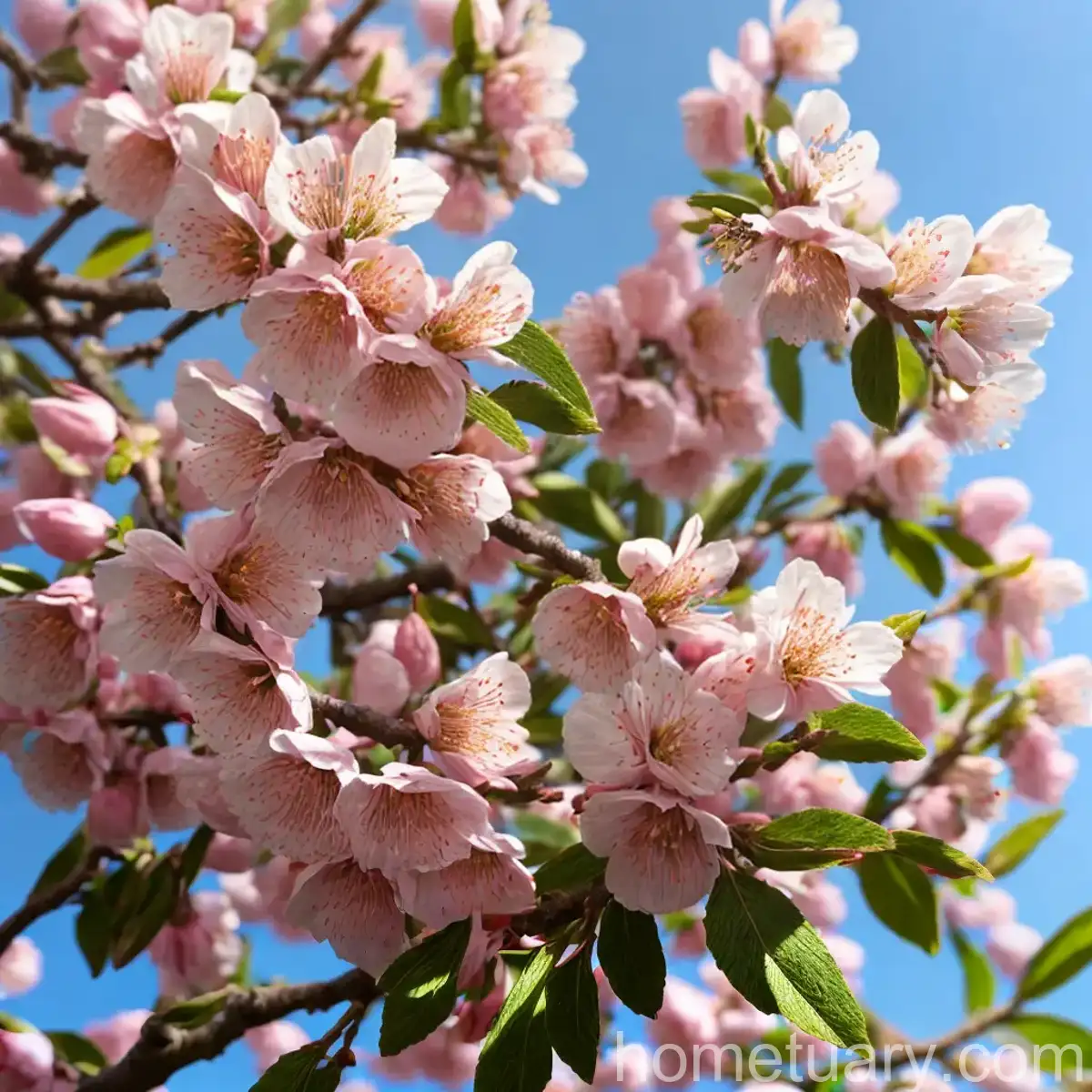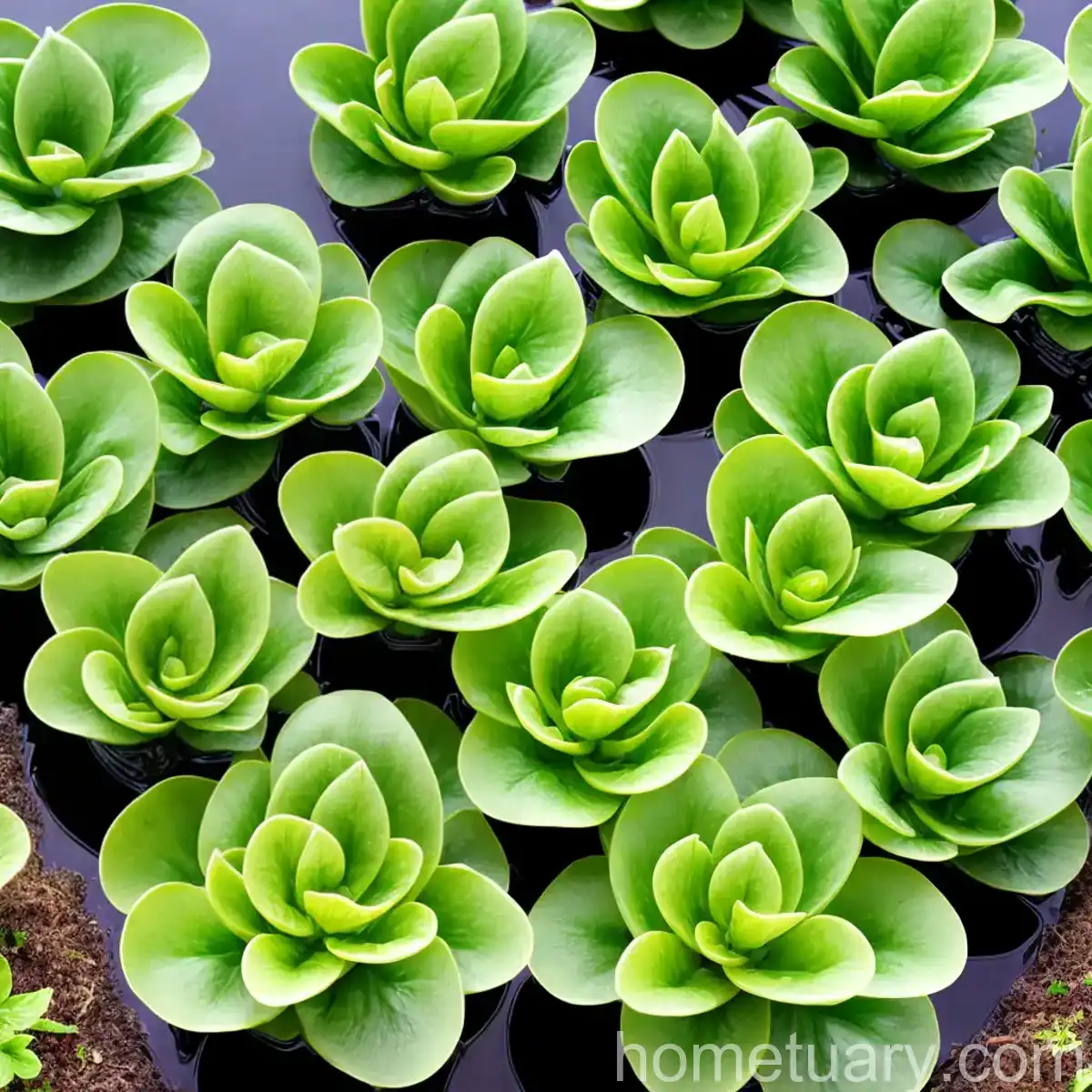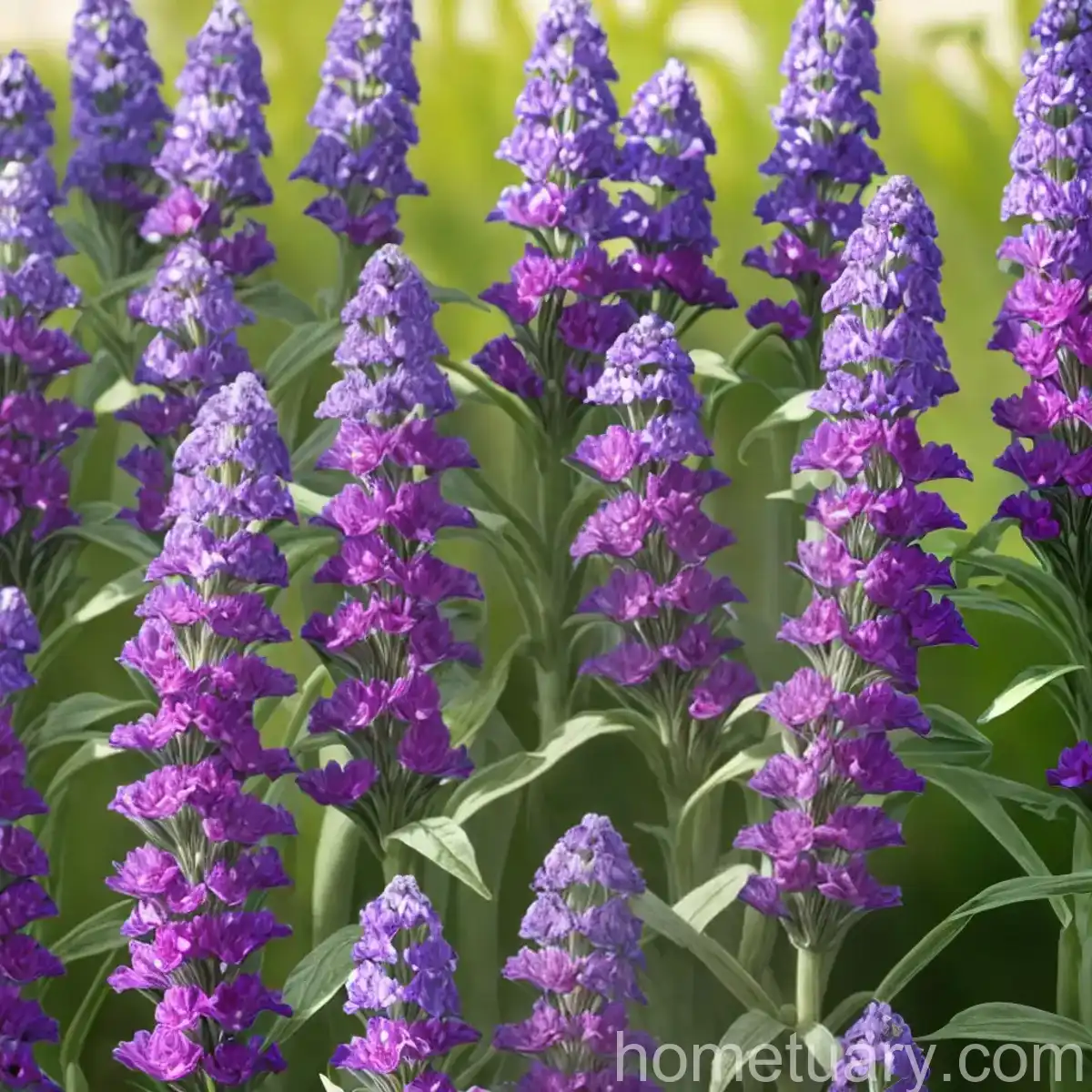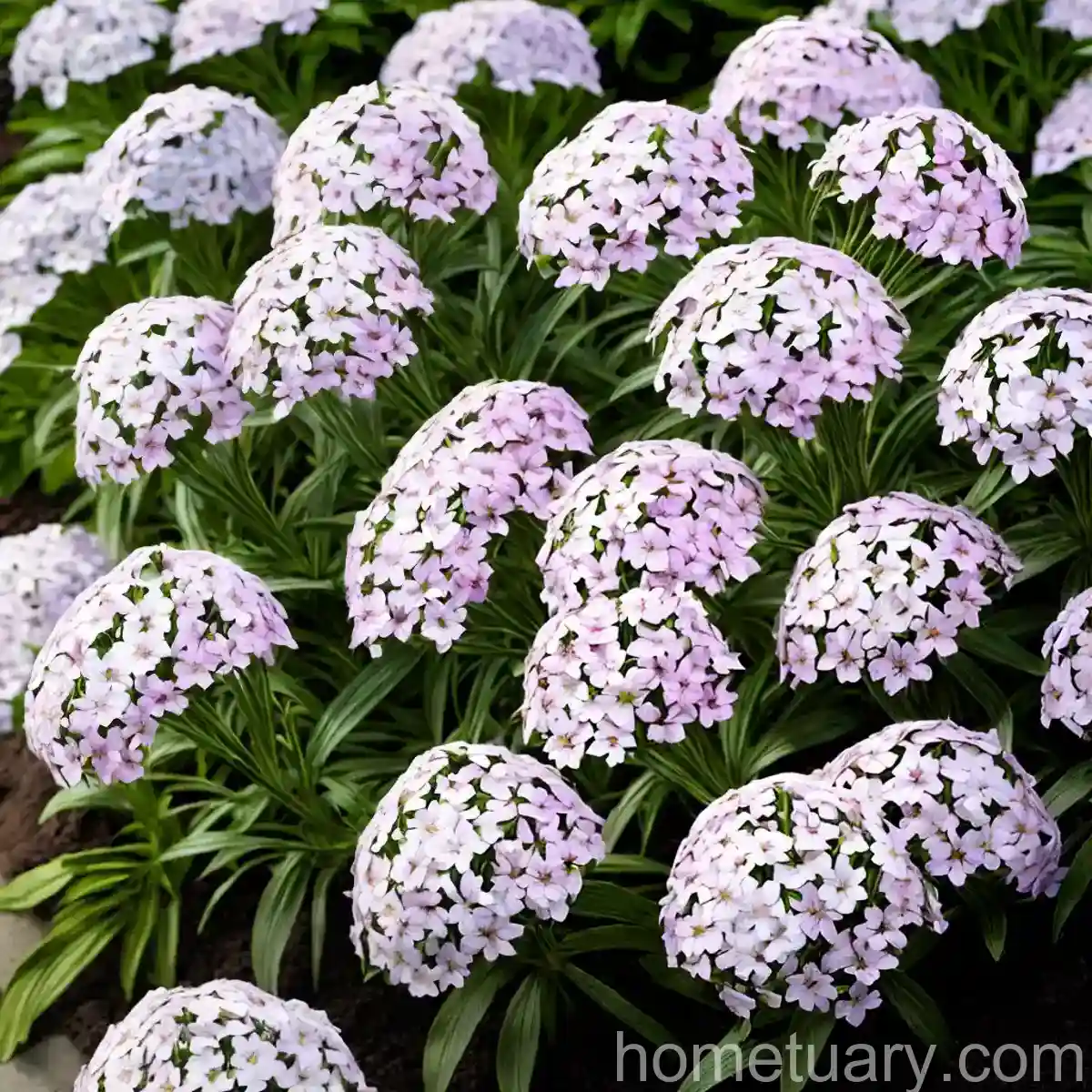All About Dwarf Mountain Pine (Pinus mugo ‘Valley Cushion’)
Introduction
Plants have been an integral part of Earth’s ecosystem, providing an array of benefits, from enhancing the aesthetic appeal of landscapes to contributing to environmental conservation. Among these plants, the dwarf mountain pine (Pinus mugo ‘Valley Cushion’) shines as a remarkable species that offers not only visual appeal but also various practical uses. In this comprehensive guide, we will delve into the world of the Pinus mugo ‘Valley Cushion’, exploring its characteristics, cultivation, maintenance, and much more. Whether you are an avid gardener, a landscape designer, or simply a plant enthusiast, this article aims to equip you with valuable insights into the world of this fascinating plant.
What is Plant: Dwarf Mountain Pine (Pinus mugo ‘Valley Cushion’)
The Pinus mugo ‘Valley Cushion’, commonly known as the dwarf mountain pine, is a compact and low-growing evergreen shrub that belongs to the Pinaceae family. This resilient plant is native to the mountainous regions of central and southern Europe, where it thrives in harsh and challenging growing conditions. Its adaptability and striking appearance have made it a popular choice for gardeners and landscapers looking to add visual interest and year-round greenery to their outdoor spaces.
Key Takeaways – Dwarf Mountain Pine (Pinus mugo ‘Valley Cushion’)
Before delving into the specifics of cultivating and caring for the dwarf mountain pine, let’s first highlight some key takeaways to set the stage for our in-depth exploration of this remarkable plant:
- Delightfully compact and low-growing evergreen shrub
- Resilient and adaptable, thriving in challenging mountainous conditions
- Native to central and southern Europe
- Popular choice for adding visual interest and year-round greenery to outdoor spaces
Now, let’s embark on a detailed journey to understand the culture, uses, and maintenance of the dwarf mountain pine.
Culture
Cultivating the dwarf mountain pine requires an understanding of its natural habitat and growing preferences. To create an environment that fosters healthy growth and development, it’s crucial to consider factors such as water, sunlight, fertilizer, soil, and pruning.
Water
The water requirements of the Pinus mugo ‘Valley Cushion’ are influenced by its natural habitat in mountainous regions. While this plant can withstand dry and rocky conditions, it thrives best when provided with moderate watering. It is crucial to strike a balance, ensuring that the soil does not become waterlogged, which can lead to root rot, while also preventing drought stress by consistently monitoring soil moisture.
To provide adequate irrigation for the dwarf mountain pine, consider the following tips:
- Water deeply but infrequently to encourage deep root growth
- Allow the soil to dry out slightly between watering sessions
- During the establishment phase, maintain regular watering to promote healthy root development
Sunlight
Like many evergreen plants, sunlight plays a critical role in the growth and vitality of the Pinus mugo ‘Valley Cushion’. This species thrives in full sun to partial shade, making it versatile for a range of garden settings. When selecting a planting location, prioritize areas that receive ample sunlight, especially during the morning hours, to ensure optimal growth and foliage density.
Consider the following sunlight considerations for the dwarf mountain pine:
- Choose a location with at least 6-8 hours of direct sunlight per day
- Provide protection from intense afternoon sun in hot climates
- Ensure adequate air circulation around the plant to prevent moisture-related issues
Fertilizer
Proper fertilization promotes the overall health and vigor of the dwarf mountain pine, contributing to lush foliage and robust growth. While this plant demonstrates a degree of tolerance to nutrient-poor soils, supplementing with a balanced fertilizer can enhance its performance and appearance.
Here are some guidelines for fertilizing the Pinus mugo ‘Valley Cushion’:
- Use a slow-release, balanced fertilizer formulated for evergreen plants
- Apply fertilizer in early spring before the start of new growth
- Avoid excessive fertilizer application, as this can lead to weak, leggy growth
Soil
The soil preferences of the dwarf mountain pine align with its natural habitat in rocky and well-draining environments. When selecting a planting location or preparing the soil for container cultivation, prioritize a well-draining medium that mimics the characteristics of mountainous terrain.
Consider the following soil considerations for the Pinus mugo ‘Valley Cushion’:
- Use a sandy, loamy soil mix with good drainage properties
- Avoid heavy, compacted soils or areas prone to waterlogging
- Consider adding organic matter or perlite to enhance soil structure and drainage
Pruning
Proper pruning is essential to maintain the compact and tidy appearance of the dwarf mountain pine while also promoting healthy growth. Regular pruning helps control the plant’s size, shape, and density, ensuring that it remains an attractive and well-behaved addition to the landscape.
Here are some tips for pruning the Pinus mugo ‘Valley Cushion’:
- Prune in late winter or early spring before the onset of new growth
- Remove any dead, diseased, or damaged branches to encourage new growth
- Shape the plant as desired, trimming the tips of branches to maintain a neat form
Propagation
Propagating the dwarf mountain pine allows you to expand your plant collection, share specimens with fellow gardening enthusiasts, or rejuvenate older plants. While the Pinus mugo ‘Valley Cushion’ is primarily propagated through seed or cuttings, each method offers its own set of benefits and challenges.
Consider the following propagation methods for the dwarf mountain pine:
- Seed Propagation:
- Harvest mature cones in the fall and extract the seeds for sowing
- Stratify the seeds by cold-moist treatment to break dormancy
-
Sow the seeds in a well-draining medium and provide consistent moisture for germination
-
Cutting Propagation:
- Take semi-hardwood cuttings in late summer to early fall
- Dip the cut ends in rooting hormone to encourage root development
- Plant the cuttings in a well-draining rooting medium and provide bottom heat for propagation success
Container Popularity
The dwarf mountain pine’s compact growth habit and visual appeal make it a sought-after choice for container gardening. Whether used as a standalone feature on a patio or as part of a mixed container arrangement, this versatile plant lends itself well to container cultivation, adding a touch of evergreen charm to outdoor living spaces.
Consider the following tips for growing the Pinus mugo ‘Valley Cushion’ in containers:
- Select a spacious and sturdy container with adequate drainage holes
- Use a well-draining potting mix designed for container plants
- Monitor soil moisture and water as needed to prevent drying out or waterlogging
Container Common Diseases
While container cultivation offers many benefits, it also presents unique challenges, including the susceptibility to certain diseases and conditions. Understanding and identifying common diseases that may affect the dwarf mountain pine in containers is essential for proactively addressing potential issues.
Here are some common diseases to watch out for in container-grown Pinus mugo ‘Valley Cushion’:
- Root Rot: Caused by overly wet and poorly-draining soil
- Powdery Mildew: Fungal disease favored by high humidity and poor air circulation
- Spider Mites: Common pests that thrive in dry conditions and may infest container plants
Disease Diagnosis
Accurately diagnosing and addressing plant diseases is pivotal in maintaining the health and vitality of the dwarf mountain pine. Early detection and intervention can prevent the spread of diseases and mitigate their impact on the plant.
When observing potential disease symptoms on the Pinus mugo ‘Valley Cushion, consider the following steps for diagnosis and treatment:
- Inspect the plant for unusual spots, discoloration, or wilting of foliage
- Note any changes in growth patterns, such as stunted or distorted new growth
- Consult with a plant health specialist or local extension service for accurate disease diagnosis and treatment recommendations
Common Pests
While the dwarf mountain pine boasts resilience to many environmental stresses, it is not immune to pest pressures. Common pests may target this plant, posing a threat to its health and aesthetics. Vigilance and proactive pest management strategies are essential for preserving the vitality and beauty of the Pinus mugo ‘Valley Cushion’.
Here are some common pests that may affect the dwarf mountain pine:
- Aphids: Small, sap-sucking insects that can cause leaf distortion and honeydew secretion
- Pine Needle Scale: Tiny, armored insects that feed on the plant’s needles, leading to yellowing and premature needle drop
- European Pine Sawfly: Larvae that feed on pine needles, potentially causing significant defoliation
Botanist’s Tips
Incorporating the insights of experienced botanists and horticulturists can significantly enhance the success of growing and caring for the dwarf mountain pine. These experts offer valuable tips and best practices based on their knowledge and practical experience with the Pinus mugo ‘Valley Cushion’.
Here are some botanist’s tips for cultivating and maintaining the dwarf mountain pine:
- Selecting Cultivars: Explore different varieties of the Pinus mugo ‘Valley Cushion’ to find the one best suited to your specific growing conditions and landscape needs
- Soil Preparation: Prioritize well-draining soil and consider soil amendments to optimize growing conditions
- Proactive Pest Management: Monitor the plant regularly for signs of pest infestations and implement integrated pest management strategies to prevent damage
Fun Facts
Unearthing the intriguing and lesser-known aspects of the dwarf mountain pine adds an element of fascination to the plant’s narrative. These fun facts shed light on unique characteristics and historical significance, enriching the appreciation for the Pinus mugo ‘Valley Cushion’ as a captivating botanical subject.
Here are some fun facts about the dwarf mountain pine:
- The needles of the Pinus mugo ‘Valley Cushion’ emit a pleasant fragrance when crushed, adding sensory appeal to garden settings
- In its natural habitat, the dwarf mountain pine plays a vital role in stabilizing mountain slopes and conserving soil
- The resilient nature of this plant has earned it recognition as a valuable species for reforestation efforts in challenging environments
Links to External Resources
For further exploration and in-depth knowledge on the cultivation and care of the dwarf mountain pine, consider tapping into reliable external resources. From plant databases to academic publications, these resources offer a wealth of information to support your journey in understanding and nurturing the Pinus mugo ‘Valley Cushion’.
Here are some recommended links to external resources about the dwarf mountain pine (Pinus mugo ‘Valley Cushion’):
- Royal Horticultural Society – Pinus mugo ‘Valley Cushion’
- Missouri Botanical Garden – Pinus mugo ‘Valley Cushion’
- American Conifer Society – Pinus mugo ‘Valley Cushion’
Conclusion
The dwarf mountain pine (Pinus mugo ‘Valley Cushion’) stands as an enduring symbol of resilience, beauty, and practicality in the realm of plants. Its compact form, evergreen foliage, and adaptable nature make it a multifaceted addition to gardens, landscapes, and natural environments. By understanding the key factors influencing its cultivation and maintenance, enthusiasts and horticultural professionals can unlock the full potential of the Pinus mugo ‘Valley Cushion’ as a treasured plant species. This comprehensive guide aims to serve as a valuable resource for those seeking to enrich their knowledge and appreciation of this remarkable plant.
Throughout our exploration, we have delved into the cultural preferences, practical uses, maintenance considerations, and intriguing aspects of the dwarf mountain pine. Armed with this knowledge, you are well-equipped to embark on a journey of cultivating and caring for the Pinus mugo ‘Valley Cushion’, fostering its growth and cherishing its enduring presence in outdoor spaces.
From its remarkable adaptability to its role in enhancing biodiversity, the dwarf mountain pine continues to captivate and inspire, inviting us to celebrate the enduring splendor of the natural world.
As we conclude this in-depth guide to the dwarf mountain pine, may the significance and beauty of this extraordinary plant continue to enrich your botanical pursuits and cultivate a deeper connection with the vibrant tapestry of nature.
Happy gardening and may the timeless allure of the Pinus mugo ‘Valley Cushion’ grace your landscapes, bringing joy and fascination for years to come.




